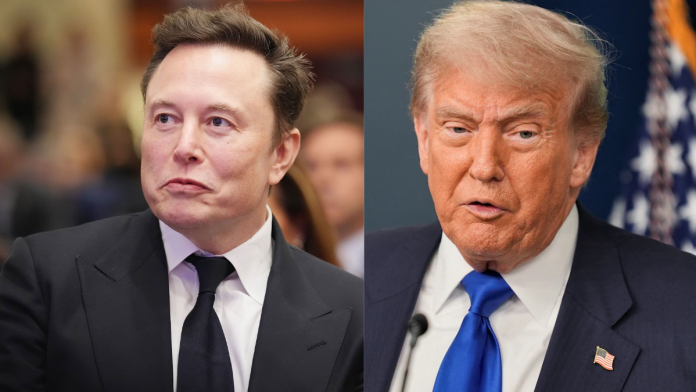The Department of Government Efficiency, known as DOGE, was quietly shut down eight months before its scheduled end. The confirmation came from Scott Kupor, Director of the Office of Personnel Management (OPM), who told Reuters that DOGE “doesn’t exist” anymore as a separate office.
DOGE was created in the early months of Donald Trump’s second term as a major effort to cut federal spending and reduce waste. It was led by Elon Musk, who served as a special adviser on a 130-day contract that ended on May 30.
At first, DOGE played a major role in the administration’s plans. But Kupor said it is no longer a “centralised entity.” Its responsibilities have now been absorbed by OPM and the Office of Management and Budget.
Kupor later wrote on X that even without a central office or leader, “the principles of DOGE remain alive and well.” He said efforts to cut waste, reduce rules, and improve efficiency will continue within the government.
How DOGE operated under Elon Musk
When Donald Trump appointed Elon Musk to lead DOGE, the project quickly drew national attention. Musk and his team pushed rapid, sweeping changes across the federal government, aiming to cut the national deficit by $1 trillion before September 30.
DOGE staff were placed inside many agencies to review budgets, contracts, and operations. They cancelled grants, closed offices, and ended programs. Many federal workers lost their jobs. DOGE also put in place a government-wide hiring freeze, making it difficult for agencies to replace staff.
Musk said the goal was to make government more efficient by removing outdated or unnecessary systems. But the changes had immediate effects. At the Social Security Administration, deep cuts led to long delays in processing claims.
In July 2025, the U.S. Agency for International Development (USAID) was effectively shut down. The agency had spent nearly twenty years supporting vaccines, malaria prevention, and HIV/AIDS treatment. An internal memo warned that closing USAID could result in hundreds of thousands of excess deaths.
A study by Brooke Nichols, a Boston University epidemiologist, estimated that more than 600,000 people had already died due to the cuts.
Trump backs bipartisan bill ordering public release of DOJ’s Epstein documents
Growing criticism and internal tensions
DOGE quickly became one of the most debated projects of the administration. Supporters saw it as a strict approach to controlling government spending, while critics said it created disorder and harmed vulnerable groups.
Inside federal offices, employees reported sudden changes and uncertainty. Agencies received unexpected orders, long-running programs lost funding overnight, and many workers were unsure about their job security.
DOGE’s claimed savings also faced questions. Its website listed $214 billion in savings, but several reports said the figures were inflated and far from Elon Musk’s goal of $1 trillion.
Over time, tensions grew between Elon Musk and Donald Trump. Their public disagreement over Trump’s “One Big Beautiful Bill” damaged their working relationship and weakened DOGE’s momentum.
After Musk’s contract ended, many expected the project to fade. Dozens of staff members left soon after. By October, only 45 employees remained, and although the office stayed open during the government shutdown, its future was already uncertain.
What happened after Musk’s departure
After Elon Musk left, many DOGE leaders also exited the government. Some joined Trump’s National Design Studio led by Airbnb co-founder Joe Gebbia. Others moved into key posts, including chief technology officer at the Department of Health and Human Services, an official role at the State Department overseeing foreign assistance, and chief of the Office of Naval Research.
The government-wide hiring freeze started by DOGE has now ended, as confirmed by Scott Kupor in his interview with Reuters.
Although DOGE no longer operates, OPM says its ideas will continue. The agency pointed to Kupor’s post on X, where he stressed that deregulation, efficiency, and reducing waste remain part of government goals even without DOGE as a separate office.
With the project now shut down, its fast-moving cost-cutting drive has ended early. However, many of its actions and effects are still being felt across the United States and abroad.


